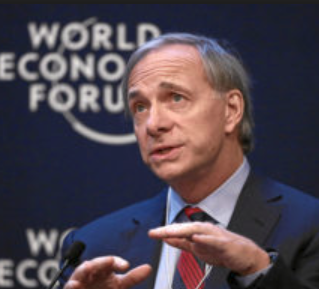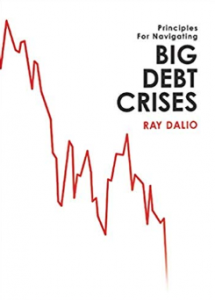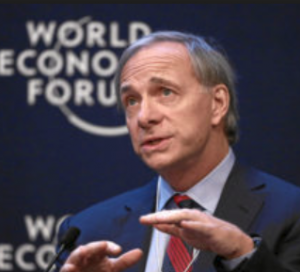
Template for dealing with debt crises


Bridgewater, billionaire founder Dalio, one of the world’s biggest hedge funds, explains in his book a detailed study of economic history, and make us understand the economic mechanisms that drive big credit cycles. The downside of risks of having significant debts depends a lot on the willingness and ability of policymakers to spread out the losses.
“ Today I am sharing our understanding of how debt crises work and how to navigate them well in a book and I am making it available for free because I am now at a stage of life where what’s mot important to me is to pass along the principles that have helped me. We are in the later part of the cycle, the part of the cycle in which monetary policy is tightening and there’s not much capacity to squeeze out of the economy. It’s not just about a wealth gap but also an opportunity gap.” Dalio says.
There’s the early part of the cycle where debt is being used to create productivity incomes and then, it can be serviced well, asset prices go up, everything is great. And then you come to the bubble phase of the cycle. And in that bubble phase, you are in a position where everybody extrapolates the past. Because assets goes up, they think its assets are going to continue to rise. And you borrow money and they leverage. And when you are in that phase, when we do the calculations, you can start to put on the brakes, tighten monetary policy and the like. Then you come into the down leg, and when the interest rates hit zero per cent, you come into a depression part of that cycle because monetary policy doesn’t work normally when interest rates hit zero.
Then you have to have quantitative easing and you being that expansion. And then you carry that along and you begin the cycle. So, I think the period that we are in is very similar to the period that we were in the 1930s.” Dalio continues.
“ If you are going to play the portfolio debt cycle then realise that the time to buy is when there’s blood in the street, and then you sell when everything is great and everybody’s extrapolating the past and you are near the end of the cycle. As you come in, as your unemployment rates grow low and asset prices are high, and debts being built up, and everyone’ s extrapolating the past, the past will not perform up to expectations. And that is the time to sell. But it is very difficult for people to step away from the crowd and to do that” Dalio said.
Principles of Navigating Big Debt Crises by Ray Dalio, Bridgewater $45
